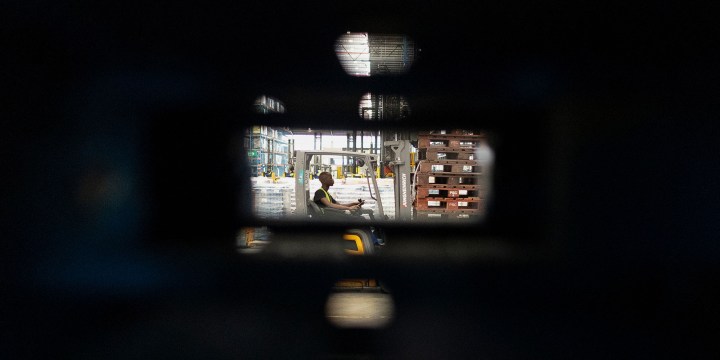ECONOMIC OUTLOOK
SA manufacturing output tanks 5.2% in year to February as red flags raised on power crisis, recession

South African manufacturing production slid by a much bigger than expected 5.2% in the year to February, data unveiled by Stats SA showed on Tuesday. This raises the odds that the economy has fallen into recession as the power crisis bites and comes against the looming possibility of Stage 10 load shedding.
South Africa increasingly looks like it has fallen into a recession. The February manufacturing output read was a shocker: a 5.2% annual slide that underscores the gravity of the power shortages that are crippling the economy. The Bloomberg consensus view was for a 3.7% decline.
The rand, which recently revisited weaker levels around 18.50/USD, was immediately smacked by the data, which came out at midday. It yielded morning gains that had taken it to 18.25/USD, falling to 18.33/USD in late afternoon trade, according to Trading Economics data.
On a monthly basis, output fell by 1.3% from January, which also points to the power cuts as the prime reason production is being cut.
“The dire electricity supply situation remains a key downside risk to the energy-intensive manufacturing sector. Indeed, electricity production and consumption fell by a marked -9.7% y/y and -8.7% y/y, respectively, in February, with Eskom’s Energy Availability factor (EAF) hovering below 55,” Investec economist Lara Hodes said in a note on the data.
Red flags were waving ahead of the data. The Absa Purchasing Managers’ Index (PMI), a key measure of the manufacturing sector’s health, fell back into negative territory in February, dropping to 48.8 from 53.0 in January.
“The February survey period included an unprecedented seven consecutive days of Stage 6 load shedding, which was likely top of mind for many respondents. Indeed, load shedding once again featured frequently in respondent commentary on why activity declined relative to the previous month,” Absa noted at the time.
The food and beverages component of the manufacturing production number had the biggest decline in February, tanking by 6.1%. That’s not a good sign as manufacturers of food products also battle with the soaring costs of doing business in the face of the electricity outages.
In the fourth quarter of 2022, South Africa’s economy contracted by 1.3%, and another shrinkage this quarter would herald a recession. More data for February from the mining and retail sectors still need to come in, and the main March numbers won’t be crunched by Stats SA until May, but the signs are not good.
The Absa PMI dipped further in March and the blackouts have continued apace, shredding confidence.
And looking ahead, things seem bleak. The new electricity minister, Kgosientsho Ramokgopa, warned last week that grid shortfalls of up to 10,000MW — which would trigger Stage 10 power cuts — could befall South Africa this winter.
South Africa’s economic growth forecasts for this year are already grim. The IMF sees growth of 0.1%, the South African Reserve Bank 0.2%, and the World Bank an optimistic 0.5%. Stage 10 load shedding would put paid to those estimates. If the economy has fallen into a recession, it may be stuck there for some time. DM/BM
















 Become an Insider
Become an Insider
And despite this shocking turn of events, the fat cats in the ANC government will make much noise, right after they washed their hands in 15 year old whisky.